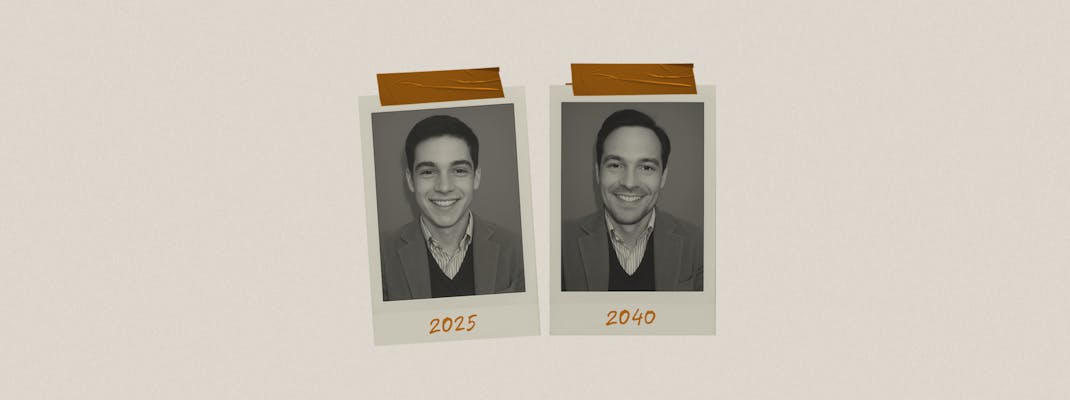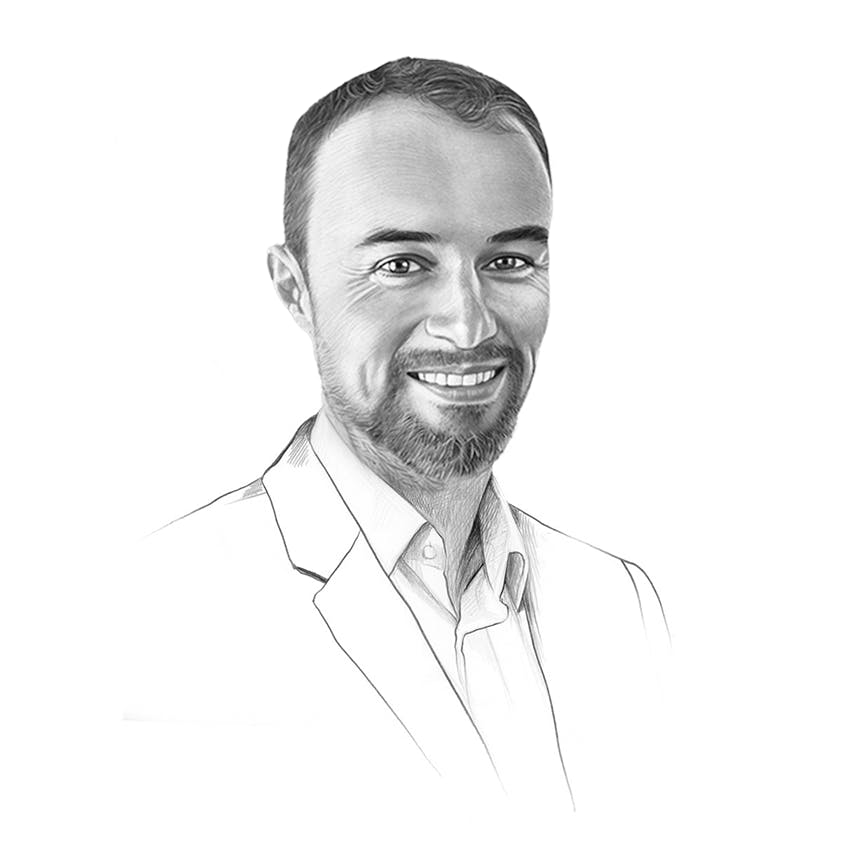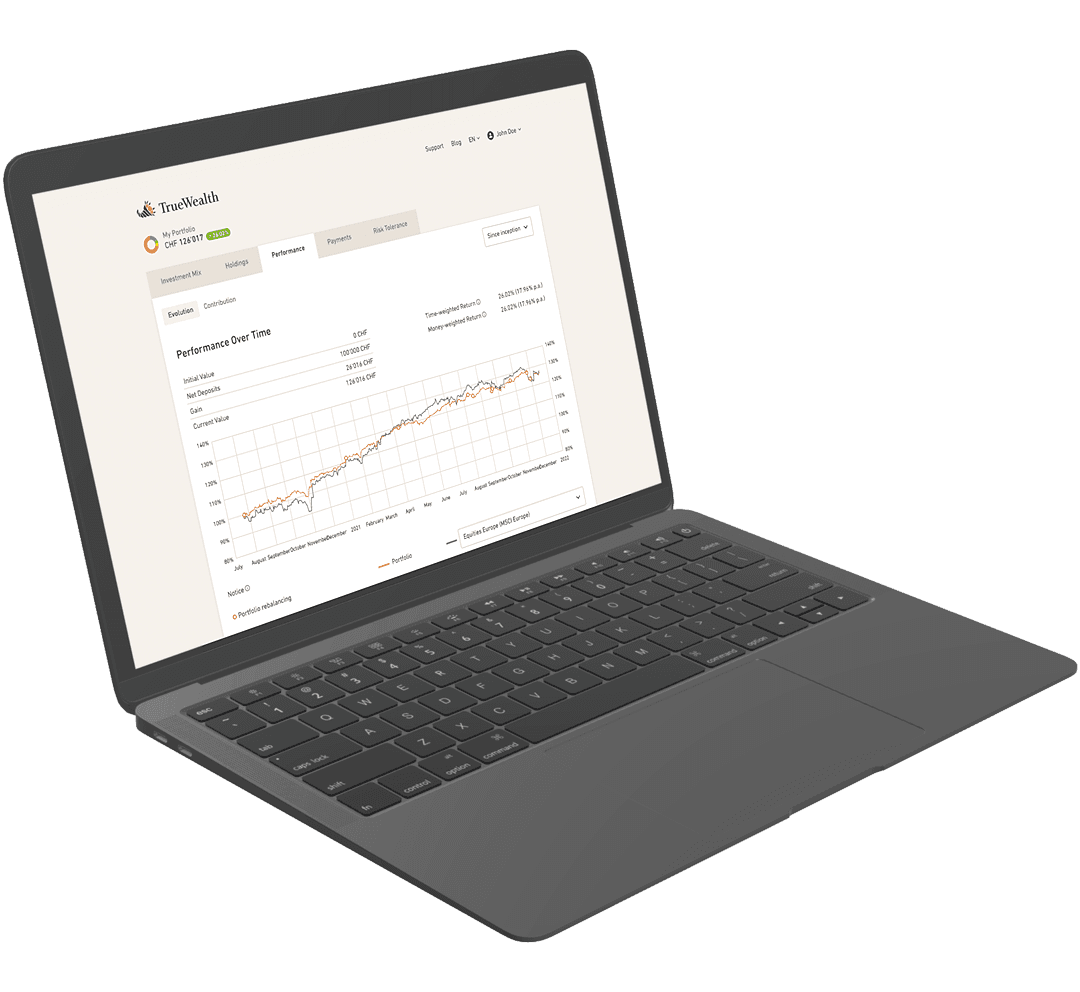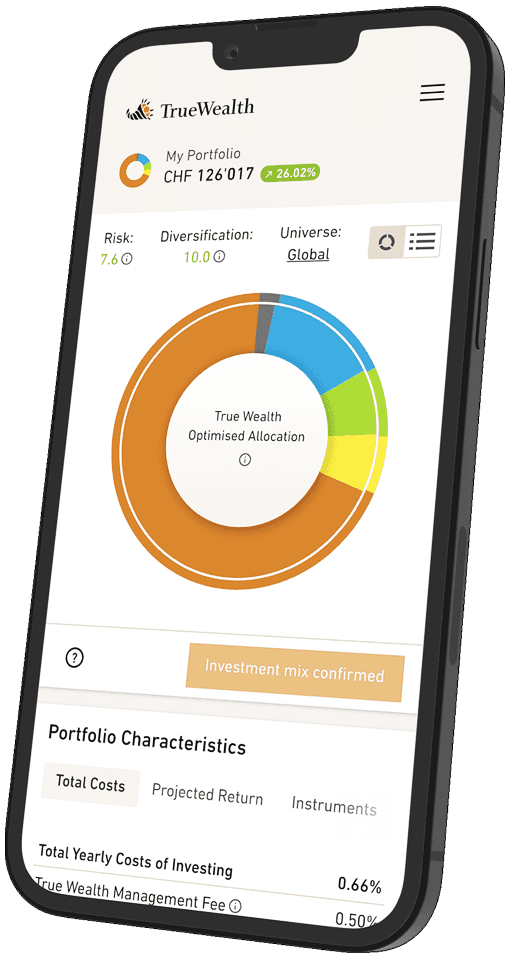
Occupational pension plan throughout life
BVG series part II
What needs to be considered in different life situations, when is it particularly worthwhile to make a purchase into the pension fund, and when do vested benefits accounts come into play?
We have explained how the Swiss pension system works and how it is financed in our blog post «Introduction to occupational pension plans (BVG)». Let's take a closer look at what happens to second pillar pension assets at different stages of life and how insured persons can optimize their second pillar.
What happens to the pension fund money when you change jobs?
When an employment relationship ends, the existing pension fund is obliged to manage the retirement capital for at least six more months and to pay interest on at least the mandatory portion at the legally required minimum rate of 1.25 percent. Anyone who is actively looking for a job should therefore leave their money in their old pension fund for as long as possible.
Anyone who finds a new employer during this period must instruct the old pension fund to transfer the pension assets to the new fund. This is required by the Vested Benefits Act.
However, anyone who does not find a new job or who takes a break from work of their own accord should, transfer the money to a vested benefits foundation after six months – even if the pension fund could continue to manage the pension assets for two years from a purely legal point of view. In the vested benefits fund, the assets remain tied up under the second pillar until a new pension fund is found or a withdrawal is made, which is also possible before retirement under certain conditions.
What should you bear in mind with a vested benefits account?
Anyone looking for a job should have their money transferred to a vested benefits account after six months. The pension fund would be allowed to manage the retirement assets for a maximum of two years and pay interest on them. However, this is rarely the case in practice.
Without instructions from the insured person, most pension funds transfer the assets to a vested benefits account with the so-called substitute occupational benefit institution after six months. This non-profit organization is a foundation and acts on behalf of the federal government and functions as a safety net for occupational pension plans. It insures all employers and individuals who wish to join the mandatory occupational pension scheme and manages vested benefits accounts. However, the interest rate is very low at 0.2 percent. Although vested benefits accounts from private providers do not pay much more (maximum 0.6 percent, as of September 2025), the investment horizon is simply too short when actively looking for a job to invest this money in securities. A stock market crash during the job search could significantly reduce retirement assets.
Apart from the interest income, you should clarify whether there are any account management or closing fees before transferring to a vested benefits foundation. These can cost a three-digit amount in Swiss francs, but are easy to avoid because most foundations waive them.
A transfer from one vested benefits foundation to another is possible at any time and without tax consequences.
Anyone who starts self-employment or plans to take a break from work for several years should let their vested benefits work for them on the capital markets, i.e., invest them in securities. It is important to ensure that the total annual costs are less than one percent.
Employees who leave a company can have their retirement assets transferred to two different vested benefits foundations. This opens up the possibility of withdrawing the money in two different years, which results in tax savings.
Can I make voluntary contributions to the pension fund?
One prerequisite is that there must be purchase potential. As a rule, this is shown on the pension fund statement. It arises when the current balance is lower than what an insured person could have if they had always earned as much as they do today. Apart from an increase in working hours or salary, there are other reasons for possible gaps, such as time off due to stays abroad, maternity leave, or education.
Insured persons who have previously withdrawn money from the pension fund to purchase residential property must first repay this early withdrawal before they can use their purchase potential. Important: With the proof of repayment, the capital gains tax once paid can be reclaimed from the local tax office.
An interesting situation arises in the case of immigrant workers. Because they were not previously insured in a Swiss pension fund, they would theoretically have a large purchase potential. In practice, however, the annual purchase contribution is limited to one-fifth of the insured salary.
Note: A purchase increases your pension assets and retirement pension, if you decide to do so. Whether a purchase also improves risk benefits is not guaranteed by law, because the voluntarily paid-in amount ends up in the extra-mandatory portion. Whether the surviving dependents benefit from a deceased person's purchase is specified in the pension fund regulations.
Is a pension fund purchase worthwhile?
A purchase is a voluntary payment into the pension fund. This money ends up in the so-called extra-mandatory portion, where there is no statutory minimum interest rate. It may therefore be better – despite the tax deduction on the purchase – to invest the same amount in the stock market as part of your free assets.
The closer you get to retirement age, the more advisable it is to make a purchase. On the one hand, it is then relatively easy to predict that the pension fund will remain healthy. On the other hand, there are tax advantages (see below).
A rule of thumb says that a purchase before your 50th birthday is not worthwhile. The reason: the average long-term interest rate in the pension fund is less than three percent per year. A broadly diversified stock portfolio yields about twice as much. The necessary investment horizon is given at the age mentioned above. Even taking into account the tax deduction on the purchase, the potential return on free assets exceeds that of the pension fund.
What should you look out for when making a purchase into a pension fund?
Important: You should only buy into a healthy pension fund. One indicator of this is the so-called coverage ratio. Another important indicator is the age structure of a pension fund. If there are only two active members for every pensioner, you should refrain from making a purchase. An excessive proportion of pensioners increases the financial burden on the fund and can lead to underfunding or restructuring contributions.
In addition, there is a three-year blocking period after a purchase. Anyone who wants to withdraw their retirement capital (or part of it) upon retirement on July 1, 2030, must have made their last purchase by the end of June 2027. On the other hand, those who opt for a pension can still make purchases in the last year before retirement.
How can you optimize your taxes with a pension fund purchase?
If you have high purchase potential and the necessary funds to fill this gap, you should spread the purchases, which are fully deductible from taxable income, over several years. This breaks the tax progression, thus optimizing the tax burden for several years.
The tax deduction for voluntary contributions is an essential component of the return on a purchase. The fewer years remaining until retirement, i.e., the less the tax advantage is diluted, the higher the annual return. Here is an example for an average earner with a marginal tax rate of 25 percent:
- If he buys into his pension fund at the age of 55, which pays 1.5 percent interest on his assets per year, his purchase will generate an annual return of just under 4.5 percent until he reaches normal retirement age.
- If, on the other hand, they only buy into the fund at the age of 60 with the same amount, they will achieve an annual return of 7.5 percent.
In both cases, capital gains tax has not been taken into account. As the name suggests, this only applies if you withdraw the capital upon retirement. Those who decide against a lump-sum payment, on the other hand, must pay tax on their pension as income each year.
What happens to the pension fund in the event of divorce?
If a marriage breaks down, the pension funds of the divorced couple calculate the total contributions made during the marriage and as a rule divide them equally. Here is an example: if the husband's credits during this period amount to 200'000 Swiss francs and the wife's to 100'000 Swiss francs, each will receive 150'000 Swiss francs. In other words, the husband's pension fund must pay the wife's pension fund 50'000 Swiss francs, which is credited to her pension assets.
What happens to the pension assets in the event of death or disability?
In the event of death, a widow or widower receives 60 percent of the deceased's maximum retirement pension from the pension fund. However, this only applies if the surviving spouse is either over 45 years of age and has been married for at least five years, or is responsible for a minor child. An additional 20 percent of the maximum retirement pension is paid for each orphan. Anyone who is not entitled to a widow's pension receives a one-time settlement amounting to three years' worth of pension payments.
Important: Retirement capital in the second pillar is not subject to inheritance law, but to pension law. However, once pension capital has been paid out, it becomes untied assets. And in the event of death, these are subject to inheritance law provisions.
60 percent of the old-age pension is also paid in the event of disability. Those who have dependent children receive an additional 20 percent of this regular IV pension per child.
As a rule, the accumulated assets and risk benefits are shown in the pension fund statement. Further information can be found in the pension fund regulations, which can be obtained directly from the fund or from the employer.
About the author

Founder and CEO of True Wealth. After graduating from the Swiss Federal Institute of Technology (ETH) as a physicist, Felix first spent several years in Swiss industry and then four years with a major reinsurance company in portfolio management and risk modeling.

Ready to invest?
Open accountNot sure how to start? Open a test account and upgrade to a full account later.
Open test account